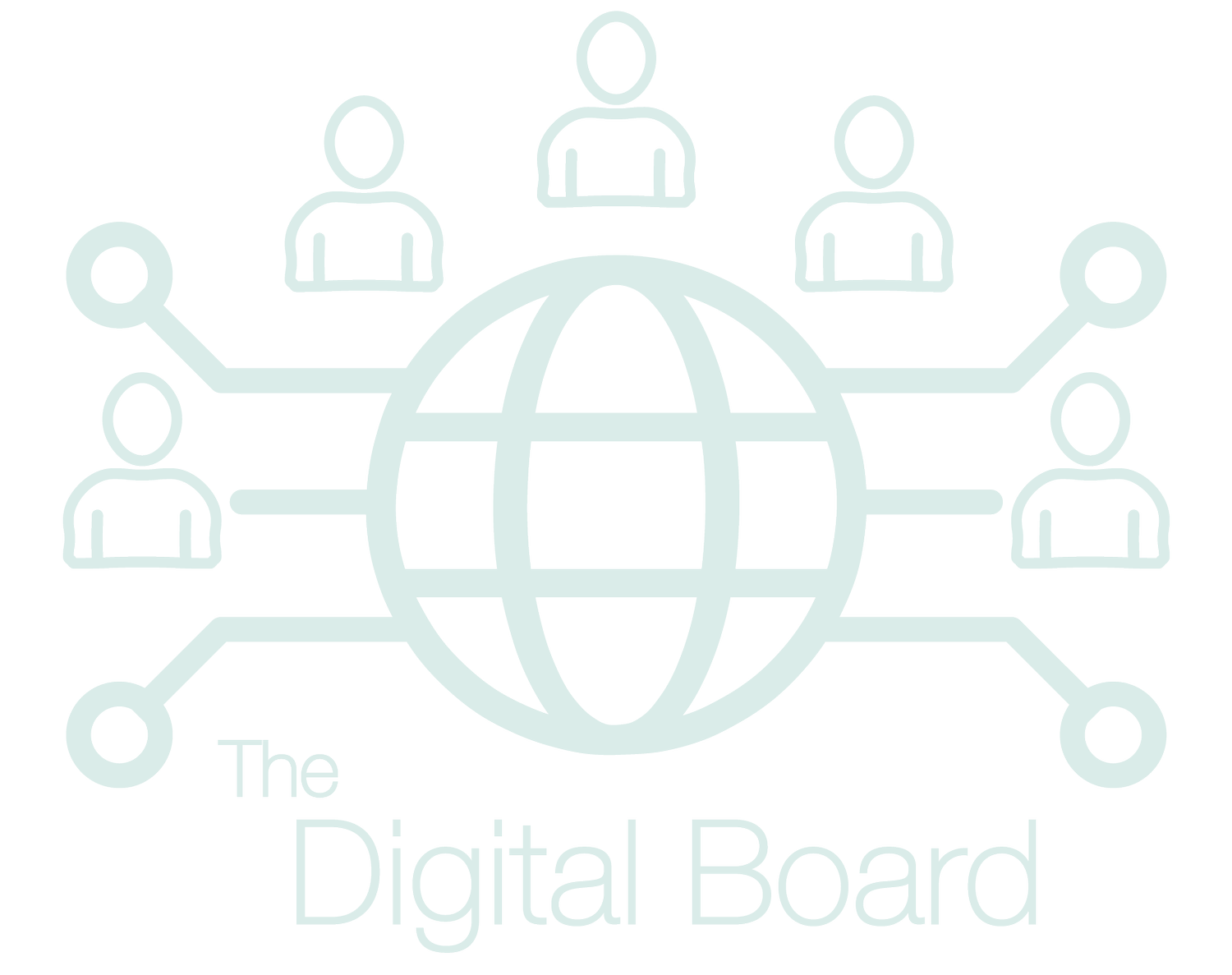CASE: Walgreens Boots Alliance
Senior Director, Business Architecture
The Situation
We were asked to recruit a Senior Director of Business Architecture for Walgreens Boots Alliance, a global consumer healthcare company with $140 billion annual revenue. We had an established relationship with WBA, having recruited the CIO of Walgreens and several other executive IT leaders over a 10+ year period.
We also had a strong relationship with the main stakeholder for the search, the VP of Global Enterprise Architecture at the time, and were already working on another major role reporting into him when we were asked to take this on as well.
Business Architecture was a capability that existed in the UK and internationally, but the VP of Global Enterprise Architecture was seeking to grow the scale of the function by hiring a practice leader based in Chicago. The aim was to build an internal consultancy capability to compete with the likes of Accenture and work with business and IT stakeholders to help define the as-is capability and the end state road map for architecture, with a heavy focus on building a value canvass based on business outcomes.
The Opportunity
WBA were moving towards a “One IT culture” in which many of the platforms and services would be delivered through aligned centres of excellence. For Enterprise Architecture, the aim was to turn a function that primarily oversaw governance, into one that could drive change, innovation and improvement.
As a senior leader in the Enterprise Architecture function, the Senior Director of Business Architecture was tasked with establishing a business architecture discipline at a global level and introducing greater business acumen to the global IT function, which was predominantly technology-focused and technology-led at the time. Additionally, they were responsible for bridging the gap between the business and IT leadership to ensure that IT departments were considered as partners in strategy.
The role holder was also set to enable organisational agility through effective, coordinated translation of business directives into targeted results from strategy formulation through to realisation.
What made this interesting?
The chance to go to market for one of the world’s most admired brands, who are dedicated to consumer health at a time in which the industry is rapidly transforming.
Additionally, the opportunity to work on a business architecture role was an exciting and eye-opening experience. This is a relatively new and up-and-coming practice, but it is also an absolutely crucial one and the work that Business Architects do to foster collaboration and mutual understanding between IT and the business is critically important.
Grant Ecker (VP for Group EA at the time) was also great to work with and we established an excellent working relationship through this role another key role that we placed simultaneously.
What made this challenging?
The fact that Business Architecture is a relatively new practice made it all the more challenging to identify leaders with the necessary experience and expertise to help establish the function at an organisation as large and complex as WBA.
Many organisations had teams and functions carrying out the responsibilities of business architecture, but not every organisation referred to these individuals as ‘business architects’ which added to the challenge of identifying leaders with the right balance of skills and knowledge to be the business architecture evangelist and practice leader that WBA needed.
The Digital Board Process
From the very first call, our aim is to set up as many stakeholder briefings calls as possible in order to develop a rounded understanding of the challenge and the profile we are looking for; following these initial conversations, we brief our research team. Their process starts with defining our target list. There were three key factors that out research team were looking for in a candidate:
Complexity and scale – WBA is a global matrix which employed over 450,000 people in 27 countries at the time, in addition to operating 21,000 stores and 450 distribution centres. It was essential that the role-holder came from an organisation of comparable size and structure.
Business acumen - someone with strong business knowledge who had worked with organisations in a consulting-style capacity and would be capable of setting up an ‘internal consultancy capability’ within WBA.
Exceptional communication - a phenomenal listener and communicator, with the ability to bridge the gap between IT and business leaders and foster a collaborative environment in which IT and the business partnered with each other more effectively.
We developed a list of over 50 potential candidates, reaching out to them to gauge their interest and suitability.
A number of candidates then progressed to a formal interview, in which they met Bryan (our CEO and Founder) who had been working with the Group leadership team of WBA for over 10 years. He conducted a deep-dive leadership and culture assessment, using our proprietary leadership diagnostic tool.
Shortlisted candidates eventually interviewed with the client, with a key stakeholder commenting that either of the final two were strong enough to hire.
Throughout the whole process, our research team continued to work on generating new candidates just in case anything went wrong with our shortlist.
Success Story
The successful candidate was an excellent fit for the role and had a wealth of relevant experience from a leading consultancy. They had held a range of business and IT roles as both a client consultant and an internal IT leader, which gave them a strong blend of business and technical acumen. They had also led the business architecture practice at their current company.
As a leader, the successful candidate was driven by empathy and a strong desire to keep learning. The client was drawn to the candidate’s air of maturity, strategic perspective and impressive communication style.



